Silicate brick: composition, types, properties and application
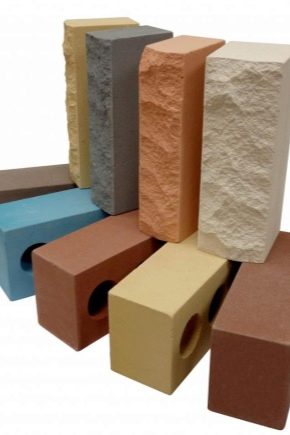
Silicate brick is a relatively young building material that is in great demand among buyers. It differs in many ways from conventional clay bricks, but also has many uses. Let's take a closer look at this popular building material, find out what its main properties and composition are.
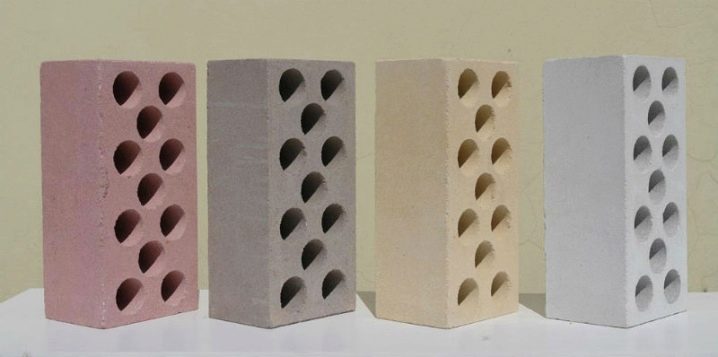
What it is?
Silicate brick is an autoclaved building material, which is dominated by quartz sand. Such a material is made by dry pressing, after which it is treated with steam. Such products have a perfectly regular shape.
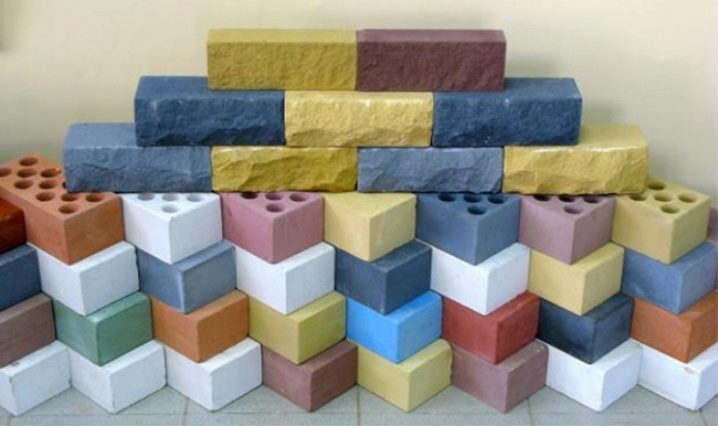
Their edges are not chipped.
Production technology
Quartz sand (which has been thoroughly cleaned), air lime and, of course, water are used as a raw material for the manufacture of silicate bricks. The manufacturing technology of this building material provides for 3 main stages:
- preparation of raw material solution;
- pressing of raw bricks;
- sending to an autoclave.
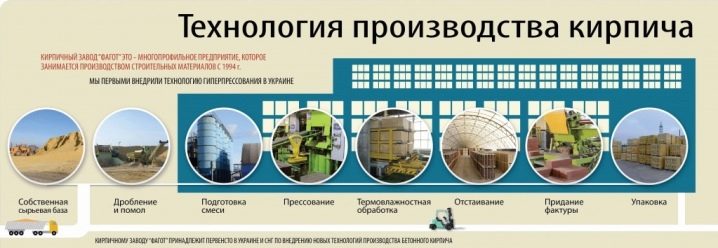
The raw solution can be prepared in two ways. Let's take a closer look at each of them.
- Drum method. With it, all the components of the solution in a dry state are poured into a special drum. There they are mixed until they become homogeneous. Then the resulting composition is treated with steam. In the course of processing, it is moistened, while a gradual slaking of lime occurs.
- Silage method. With this method, all ingredients are sent to the mixer. There is mixing of sand, water and lime. After that, the moistened mixture is sent to silos, where it is infused for 10 hours.


The next step is pressing the raw material. Special molds for the press are poured with raw solution and sent to a special device. The pressing process is carried out under high pressure conditions. After such processing, the raw material is compacted, almost all air is removed from its composition. The gaps between individual grains of sand become minimal.
This is followed by drying in an autoclave. Already prepared parts are sent to the equipment, where the raw brick is directly steamed under high pressure. This process usually takes no more than 10-14 hours. During this time, the raw material hardens to the end and becomes as strong as possible.
At the end of all processes, the steam temperature in the autoclave gradually decreases. If this happens quickly, the product may crack / crack, and it will no longer be possible to use it.
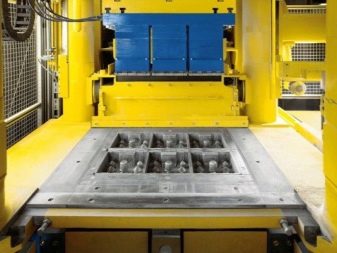
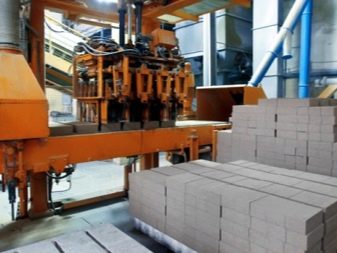
At the end, finished products are placed on special pallets.
Specifications
Silicate brick is a popular building material with many positive qualities. A product manufactured in accordance with GOST has the following important characteristics:
- decent level of durability;
- high density;
- water absorption;
- resistance to low temperatures;
- thermal conductivity;
- sound absorption.
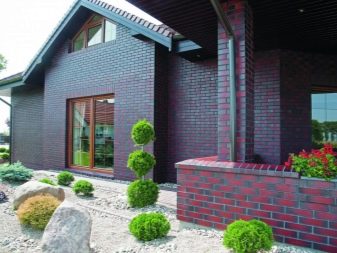
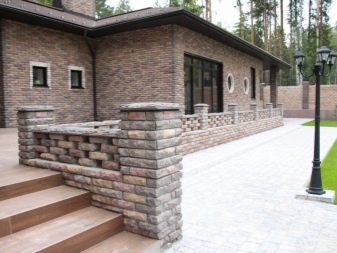
The strength characteristics of modern silicate brick directly depend on its marking. Based on the provisions of GOST, there are several different series of silicate blocks (M75-M300). The numbers in this case indicate the maximum load per 1 sq. see. The larger the number, the stronger the building material is.
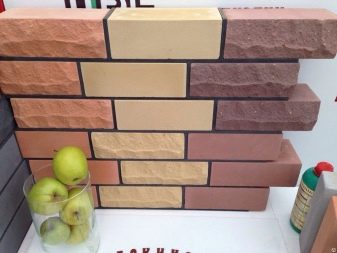
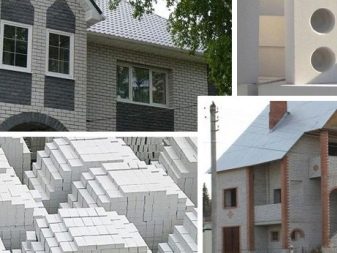
When choosing a brick for certain works, it is imperative to pay attention to the specified parameter, because an incorrectly selected brick with an inappropriate level of strength can be destroyed.
As for the density of sand-lime brick, it mainly depends on the specific type and brand of the model. For example, the density level of solid bricks can range from 1600 to 1900 kg / m. cub. If we are talking about hollow "brothers", then here the density will vary from 1000 to 1450 kg / m. cub. The strength properties of silicate bricks are influenced by the moisture conductivity of the building material. So, when saturated with moisture, this parameter usually decreases.
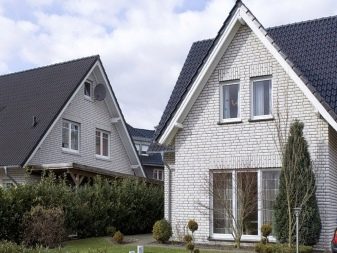
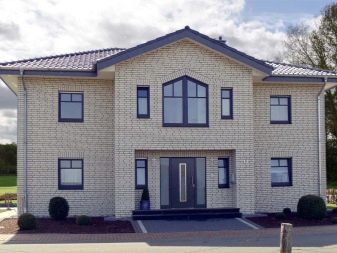
Another important characteristic of sand-lime bricks is water absorption. The coefficient of this parameter depends on several factors, such as:
- structure of the material;
- percentage of porosity;
- moisture level during the formation of the raw material.
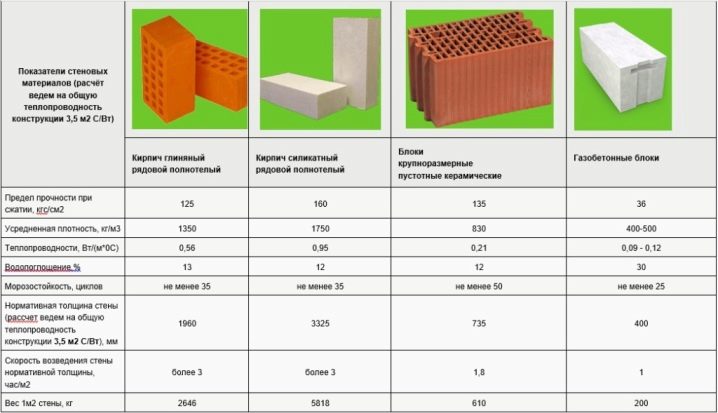
The moisture absorption coefficient is stated in the corresponding GOST. According to this documentation, the level of water absorption of sand-lime bricks can be from 6 to 16%.
Frost resistance is a technical characteristic of silicate bricks. It indicates how many cycles of freezing and defrosting a given building material can withstand. The resistance of products to frost is indicated by the letter F, and the numerical values are represented by numbers from 15 to 100.
The thermal conductivity of these products is influenced by the distinctive features of their design. In this case, the main role is played by the structure of the brick - solid or hollow.
As for the sound insulation capacity of these products, it is 64 dB.
Advantages and disadvantages
Silicate brick, along with other building materials, has both advantages and disadvantages. First, let's take a look at the list of the benefits of silicate.
- This material boasts excellent strength characteristics. It is very difficult to damage or destroy it.
- Silicate brick is environmentally friendly. It does not harm either humans or the environment. In its composition there are no dangerous and toxic components that can cause serious damage to the health of those who come into contact with it.
- Silicate brick is also good because it is compatible with almost any masonry mortar. It can be both standard cement-sand compositions and special polymer-based adhesives. You don't have to look for a specialized team.
- This building material boasts an aesthetic appearance. From it, neat buildings are obtained that retain their external attractiveness for a long time.
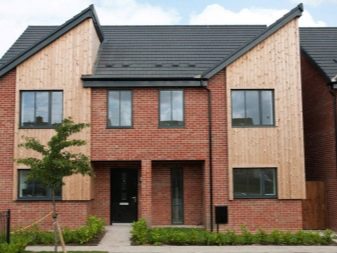
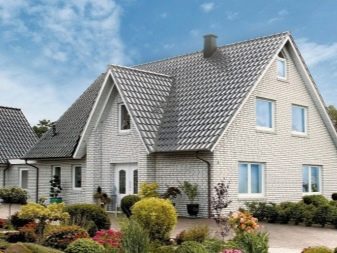
- Silicate brick can easily withstand temperatures up to 600 degrees. Moreover, it is not afraid of fire (does not burn, does not support combustion).
- This material is not afraid of low temperatures and frosts. Under the influence of these factors, silicate is not destroyed or cracked.
- Silicate brick buildings boast good soundproofing qualities. Street sounds are almost inaudible in them.
- This building material is characterized by good vapor permeability. Thanks to this quality, a comfortable microclimate always takes place in silicate dwellings.
- A characteristic feature of sand-lime brick is its ideal geometry. That is why it is very convenient to work with it, and as a result, neat and aesthetic structures are obtained.
- This building material is inexpensive.
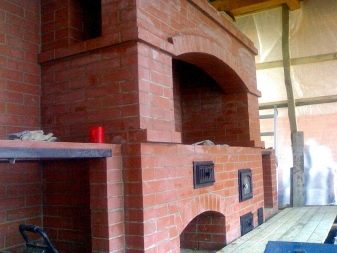
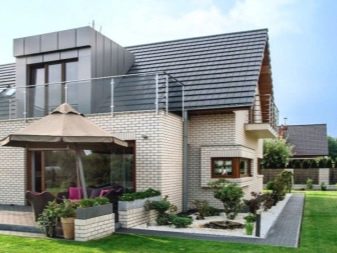
And now let's figure out what is bad about silicate brick.
It is characterized by high thermal conductivity.
- It has an impressive weight, so it can be quite difficult to work with it alone. And in transportation, silicate is not particularly economical.
- This material is distinguished by high water absorption. Over time, this can lead to the destruction of the brick.
- Silicate brick is small, so a lot of it is required for the manufacture of a particular building, which is not always economically profitable. At the same time, a significant amount of solution is spent on a large number of small blocks.
- Silicate is not very fond of exposure to too high temperatures (especially regular).
- Silicate brick does not have smooth shapes and decorative additions.
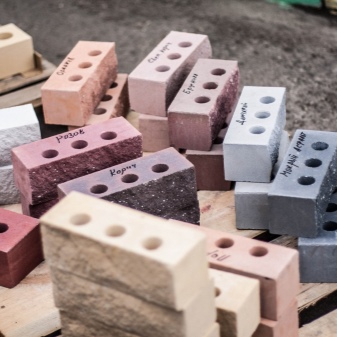
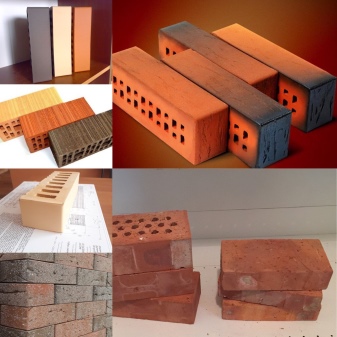
What is the difference from ceramic?
Many buyers are sure that ceramic and silicate bricks are exactly the same and do not have any major differences from each other. In fact, these materials are different. Let's make a comparison between these two types of bricks.
- The difference between silicate and ceramic materials is that the second is not afraid of high temperatures, and the first begins to crack under their influence. Silicate does not last long if it is constantly exposed to fire or flue gases.
- If voids are present in silicate, then they always have the shape of a cylinder. These parts are located in the very center of the block. In ceramics, these elements are much larger, they can have any shape, and are located evenly along the entire length of the block.
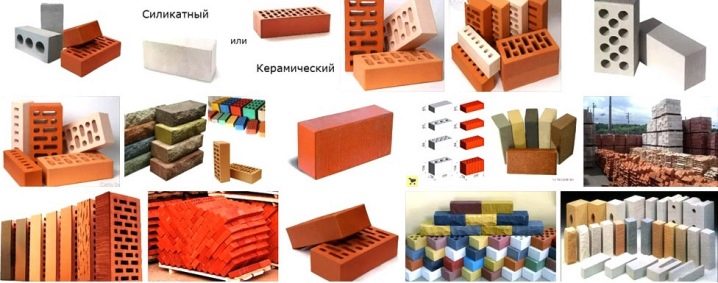
- Silicate brick is much more massive than ceramic.
- In terms of frost resistance, fire resistance and water resistance, silicate is inferior to ceramics.
- The difference between these products also lies in the strength. Silicate bricks are considered to be the most reliable and strong, in contrast to ceramic ones.
- Silicate is cheaper than ceramic.
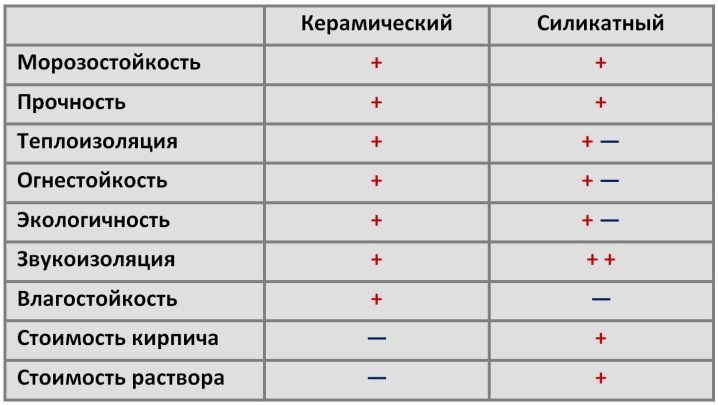
Views
There are several subspecies of sand-lime bricks. Each of them has its own characteristics.
A combination of different raw materials can be present in the content of silicate bricks. Based on this, there are several subspecies of this building material.
- Lime-sandy. The most popular subtype of sand-lime brick, used most often. It contains 7-10% lime and 90-93% quartz sand.
- Ash-lime. This product contains 75-80% ash and 20-25% lime.
- Lime-slag. This building material is produced by combining porous slag and lime.

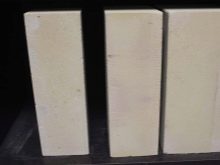
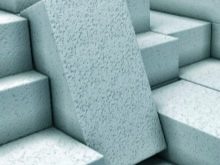
Bricks are also distinguished:
- full-bodied;
- hollow.
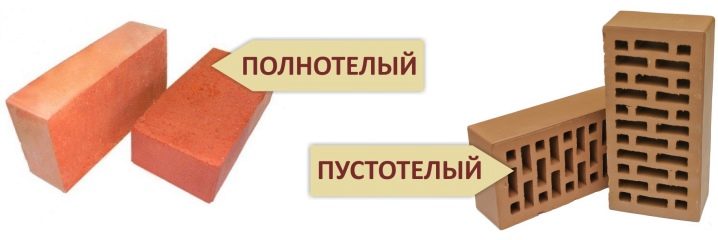
Based on their immediate purpose, silicate bricks are divided into the following types:
- ordinary - such products at the end of all work are completely closed with a finishing material;
- front (or facing) - such building materials are bought for facing various structures.

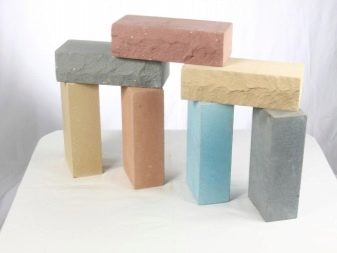
In addition, silicate bricks are produced:
- unpainted (these are white, light gray products);
- colored (such options are made with the addition of a pigment ingredient).

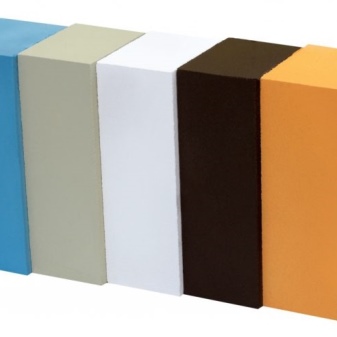
Dimensions and weight
Modern bricks have the following length parameters, thickness and width:
- 250x120x65 mm;
- 250x120x88 mm;
- 250x120x38 mm.
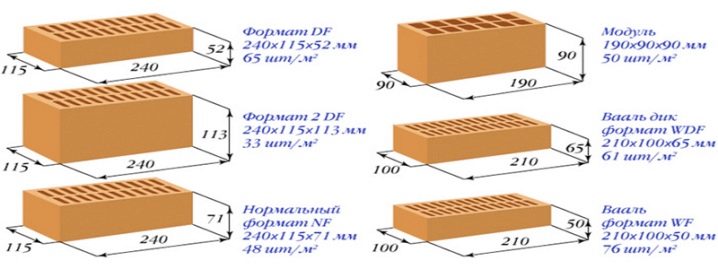
As for the weight, it can be different:
- simple single options usually weigh between 3.2 and 3.7 kg;
- thickened one-and-a-half bricks weigh from 3.7 to 5 kg;
- double bricks differ in weight of 5.4 kg.
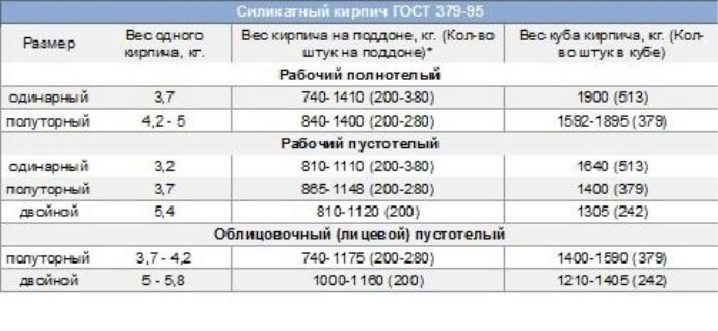
Before going to the store for silicate bricks, you need to correctly calculate how much of this building material will be in 1 cubic meter. m. masonry. Based on the calculations done, it will be possible to find out how many pieces of blocks should be in each pack or pallet, what length, width and height they should have. Experts advise buying such materials with a small margin.
Different subspecies of silicate bricks have not only different dimensions, but also markings indicating their characteristics.
- Marking "M" with numbers from 25 to 300 indicates the level of strength of the building material (the higher the number, the stronger the brick).
- The designation "F" with digital designations is intended to draw attention to the level of frost resistance of the building material.
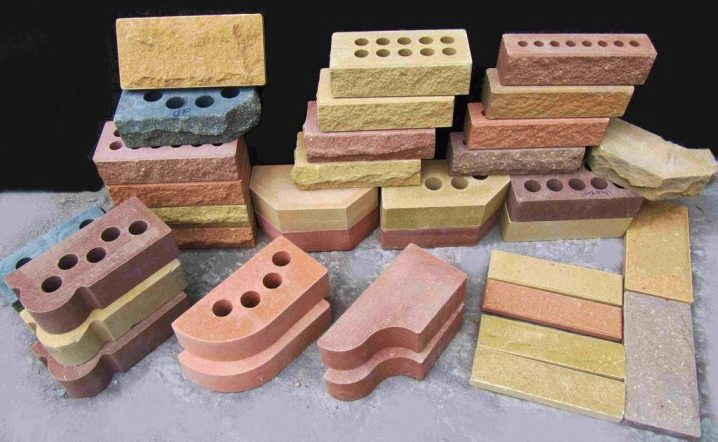
Color spectrum
Silicate brick can have a wide variety of colors.So, to give this building material a classic white shade, they turn to the addition of a special dye to the raw material composition. Other pigments can also be used to produce colored bricks such as red or yellow. Often, during the addition of pigment components, special modifying ingredients are sent to the formulations, making the silicate more frost-resistant and durable.

Applications
Silicate brick is a very popular material. It can be used both in low-rise and high-rise construction. In this case, it means work on the construction of external and internal walls, partitions, ventilation ducts of residential and industrial buildings. Also, garages, garden houses and even fences are built from such bricks. As for the preparation of a high-quality basement of the building, it is better to turn to ceramic rather than silicate building materials.
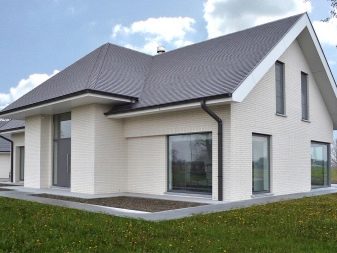
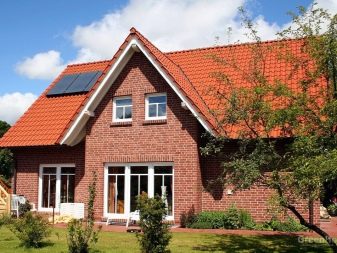
Tips & Tricks
Always pay attention to the surface of the sand-lime brick before using it. If on ordinary products there may be small chips or minor irregularities, then on silicate specimens there should not be such in any case.
The dimensions of the brick must be accurately and correctly selected. Deviations are unacceptable here.
When looking for a suitable brick, it is important to pay attention to its markings. The building material should be as suitable as possible for the upcoming work. Otherwise, it may undergo rapid destruction under the influence of loads that are too great for it.
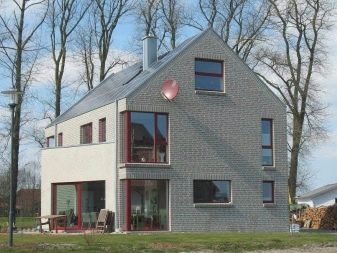
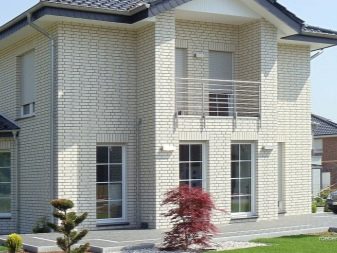
If you are planning to build walls at home, then you should not purchase bricks marked M75. Such products can only be used in the construction of one-story buildings. If we are talking about the design of walls and internal partitions, then it is allowed to use brick of the M100 brand, and sometimes M75.
Before building a silicate house, it is important to calculate a foundation that will seamlessly withstand the significant load from the construction of an impressive weight. Also, dwellings made of silicate bricks need to be insulated with materials suitable for this. Do not neglect this process, otherwise the house will turn out to be cold and completely uncomfortable.
In rural areas, silicate bricks are often referred to as an alternative to refractory products. In most cases, the fire department cannot detect this. But don't use silicate when making objects like stoves. It is better to turn to materials that are more suitable for this.

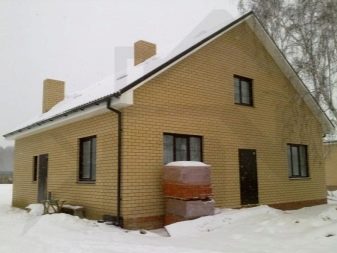
If you need to build a plinth, then the use of sand-lime bricks should be abandoned. Such structures are usually made of ceramic materials.
Don't look for too cheap stuff. Too low and tempting price can be a sign of dubious quality of products. In pursuit of cheapness, you risk being left with unreliable and short-lived blocks.
Please note that silicate is not friendly with groundwater. When in contact with them, building material can begin to deteriorate quickly. This is due to the fact that acids are often present in groundwater, which negatively affect the binding component of bricks.

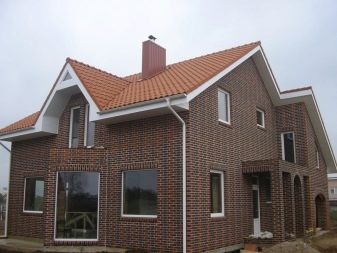
All you need to know about silicate brick is in the video.













The comment was sent successfully.